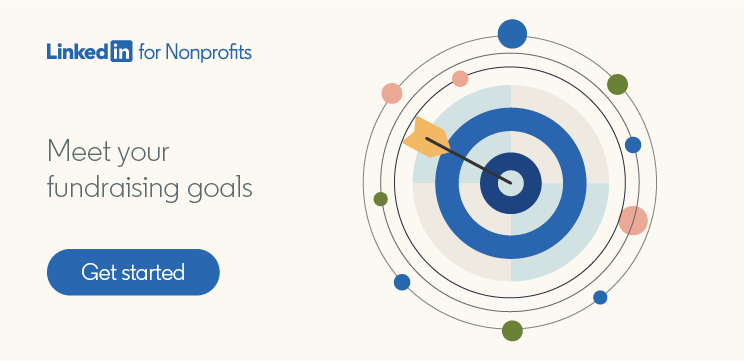
To Forge More Corporate Partnerships, Look Beyond the Philanthropy Officer
You’ve identified a company that would be a great partner to your nonprofit. Maybe they’ve publicly announced a commitment to donate more money to causes like yours, or you know that the employees at their headquarters would love to give back to the local community by taking part in volunteering days. You’ve even found the LinkedIn profile of the person in charge of corporate philanthropy at the company. You’re ready and excited to reach out.
Before you do, step back for a moment and consider if they’re the only person you can approach about this opportunity. Corporate philanthropy professionals are often inundated with messages from nonprofits, so you may find it difficult to make your message stand out from the crowd. It’s not impossible, but to increase your chances of getting the company’s attention, it doesn’t hurt to see if there are any other ways in.
Here are a few people to consider reaching out to beyond the philanthropy team—and some tips for finding and leveraging these connections.
There’s more than one doorway to most buildings
Corporate philanthropy professionals are the obvious entry point for establishing a partnership with a company. But there are many other people at the company who may be interested in what you’re doing and eager to help.
The leadership team is a good example. While you may assume that an executive will be too busy to take notice of a message from your nonprofit, the key is knowing how to highlight the mutually beneficial nature of a partnership. As noted by Chris Brown, LinkedIn’s Director of Talent Solutions and a passionate volunteer, corporate philanthropy efforts are good for brand perception and can help boost employee engagement—two factors that are top of mind for many executives. You’re not just asking for something; you’re offering a solution in return.
Below the c-suite itself, there may be other managers and department heads who hold sway at the company. If they’ve previously engaged with your organization (like volunteering for you during their college years) or otherwise show an affinity for your cause, they may be more than willing to approach the philanthropy team to recommend your organization for a partnership.
Don’t be afraid to think outside of the box. Say the company has an employee resource group (ERG) that has a connection to the work your organization does. In this instance, you could approach the ERG leaders to see if they might be interested in collaborating on an event or resource, like having someone from your organization speak at an all-hands meeting to educate their workforce. Once the connection is established, you can cultivate a deeper relationship with the company and forge a long-lasting partnership.
LinkedIn Sales Navigator can help nonprofits find the best path in
There are lots of people you can talk to about corporate partnerships, but you don’t want to spend all day searching for them. LinkedIn Sales Navigator can help you identify the right people to reach out to in no time.
Using the Advanced Search feature filtered to the target company, for example, you can gain a clearer picture of its operational structure. This can help you spot potential decision-makers and champions that you may not have thought to reach out to otherwise. You can also visit the company’s LinkedIn Page and view the employees that way, but this method isn’t ideal for larger companies.
You can also map your organization’s network to see if you have any pre-existing connections to the company that you can leverage. Even if you’re not directly connected with an employee, you may know someone who knows someone, allowing you to ask for a warm introduction and increase your chances of getting a response.
To learn more about how LinkedIn Sales Navigator can help your team harness the power of connections to support your nonprofit’s work, contact us today.
This post was inspired by the LinkedIn Sales Blog article, “How Salespeople Can Reach the Full Buying Committee on LinkedIn,” authored by Amanda B.

